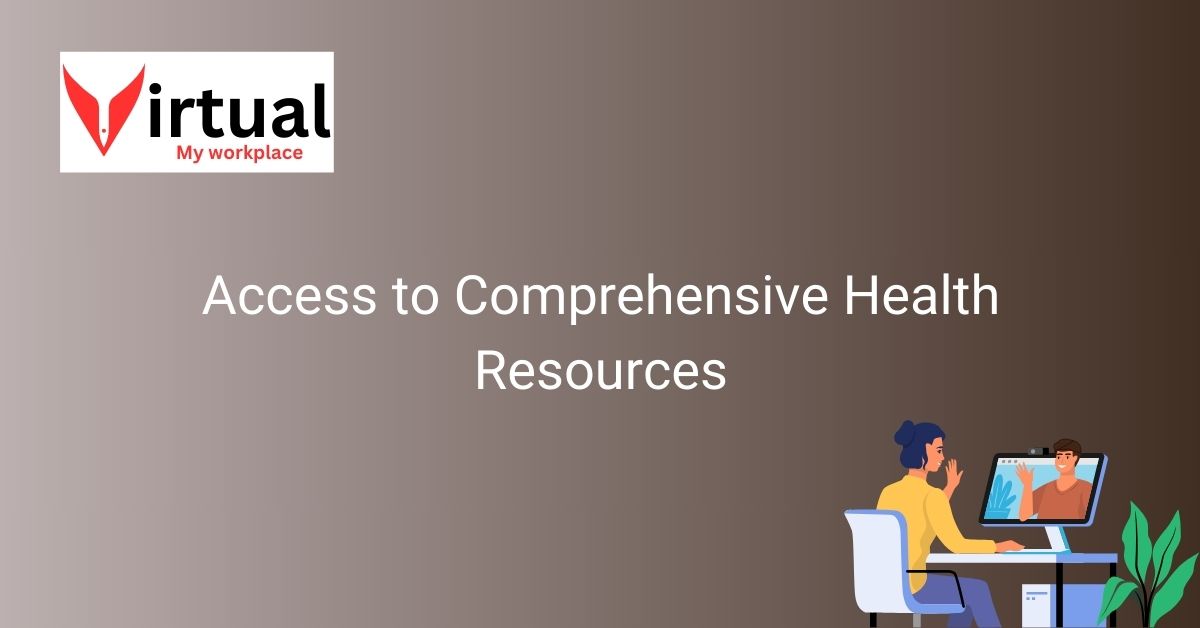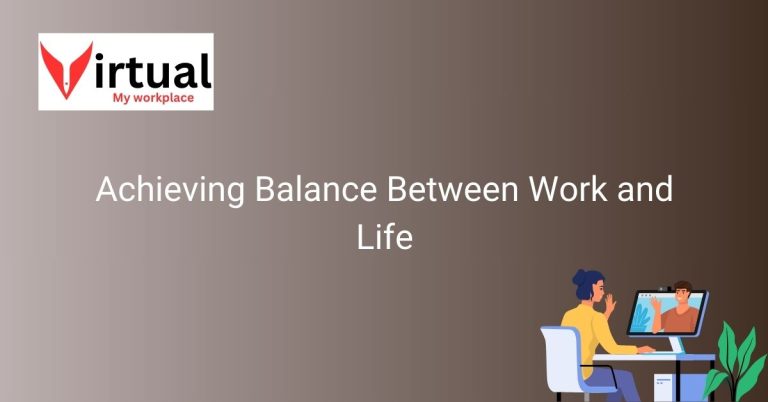Access to Comprehensive Health Resources
Looking for a reliable source of information on maintaining a healthy lifestyle in your virtual workplace? Look no further than our platform, where you can access a wealth of comprehensive health resources tailored to your needs. From tips on staying active during long work hours to advice on healthy eating habits, we’ve got you covered.
Explore the virtual world of health and wellness with our curated collection of articles, guides, and resources. Whether you’re looking to improve your mental well-being or seeking tips on creating a ergonomic workspace, our virtual workplace is your go-to destination for all things health-related.
Virtual Workplace Health Tips for Long Work Hours
In a virtual workplace, employees often spend long hours in front of their screens, leading to potential health issues such as eye strain, back pain, and overall fatigue. Implementing simple strategies like taking regular breaks, practicing good posture, and adjusting screen brightness can significantly improve physical well-being during extended work hours. Additionally, incorporating short stretching exercises or quick walks can boost circulation and reduce the risk of sedentary-related health problems.
Healthy Eating Habits for Remote Workers
Maintaining a nutritious diet is essential for remote workers to sustain energy levels and focus throughout the day. Stocking up on healthy snacks like fruits, nuts, and yogurt can prevent mindless munching on processed foods. Planning balanced meals with a variety of nutrients, such as lean proteins, whole grains, and colorful vegetables, can support overall health and productivity. Moreover, staying hydrated by drinking an adequate amount of water is crucial for optimal bodily functions and cognitive performance.
Mental Well-being Strategies for Virtual Workplaces
The virtual workplace environment can sometimes lead to feelings of isolation, stress, and burnout. Implementing mental well-being strategies, such as setting boundaries between work and personal life, practicing mindfulness or meditation, and engaging in virtual social interactions with colleagues, can promote emotional resilience and psychological health. Seeking support from mental health professionals or employee assistance programs can also provide valuable resources for coping with work-related stressors.
Creating an Ergonomic Workspace for Better Health
Designing an ergonomic workspace is essential for maintaining physical health and preventing musculoskeletal disorders in a virtual setting. Adjusting the height and angle of the monitor, chair, and keyboard to promote proper posture can reduce the risk of neck, shoulder, and back pain. Using supportive equipment like ergonomic chairs, footrests, or standing desks can further enhance comfort and productivity. Regularly reassessing and optimizing the workspace layout can prevent repetitive strain injuries and improve overall well-being.
Importance of Physical Activity During Virtual Work
Incorporating physical activity into the daily routine of virtual work is crucial for enhancing cardiovascular health, reducing stress, and boosting mood. Simple exercises like stretching, yoga, or bodyweight workouts can improve flexibility, strength, and circulation. Scheduling regular movement breaks, engaging in virtual fitness classes, or taking outdoor walks can invigorate both the body and mind. Prioritizing physical activity as part of the virtual workday can lead to increased energy levels, productivity, and overall job satisfaction.
Guides on Improving Overall Health in Virtual Settings
Accessing comprehensive health resources in a virtual workplace can provide valuable guides and tips on improving overall well-being. From articles on stress management techniques to tutorials on healthy cooking recipes, individuals can explore a wide range of informative content tailored to their health goals. Learning about the benefits of mindfulness practices, sleep hygiene strategies, or self-care routines can empower virtual workers to make positive lifestyle changes and prioritize their health needs.
Resources for Maintaining a Balanced Lifestyle Virtually
Maintaining a balanced lifestyle in a virtual workplace requires access to resources that support physical, mental, and emotional health. Virtual platforms offering wellness webinars, online fitness classes, or virtual support groups can provide valuable tools for individuals seeking holistic well-being. Utilizing digital health apps, mindfulness meditation programs, or virtual health coaching services can further enhance self-care practices and promote sustainable lifestyle habits. By tapping into diverse resources available in the virtual realm, individuals can cultivate a balanced and thriving lifestyle in today’s digital age.
Frequently Asked Questions
Have questions about maintaining a healthy lifestyle in your virtual workplace? Find answers to common queries below.
What are some tips for staying active during long work hours?
Staying active during long work hours is essential for your overall health. Some tips include taking short breaks to stretch, going for a quick walk, or doing desk exercises to keep your body moving.
How can I improve my eating habits while working virtually?
Improving your eating habits while working virtually can be challenging, but it’s important for your health. Try meal prepping healthy snacks and meals, staying hydrated, and avoiding mindless snacking while working.
What are the benefits of creating an ergonomic workspace?
Creating an ergonomic workspace can help prevent strain and injuries, improve your posture, and increase productivity. Make sure your chair, desk, and computer setup are all ergonomically friendly to support your health.
How can I improve my mental well-being while working remotely?
Improving your mental well-being while working remotely is crucial for overall wellness. Practice self-care activities like meditation, deep breathing exercises, setting boundaries between work and personal time, and seeking support from colleagues or mental health professionals.
What are some ways to reduce eye strain from staring at screens all day?
To reduce eye strain from staring at screens all day, follow the 20-20-20 rule (every 20 minutes, look at something 20 feet away for 20 seconds), adjust screen brightness and contrast settings, use blue light glasses, and take regular breaks to rest your eyes.







